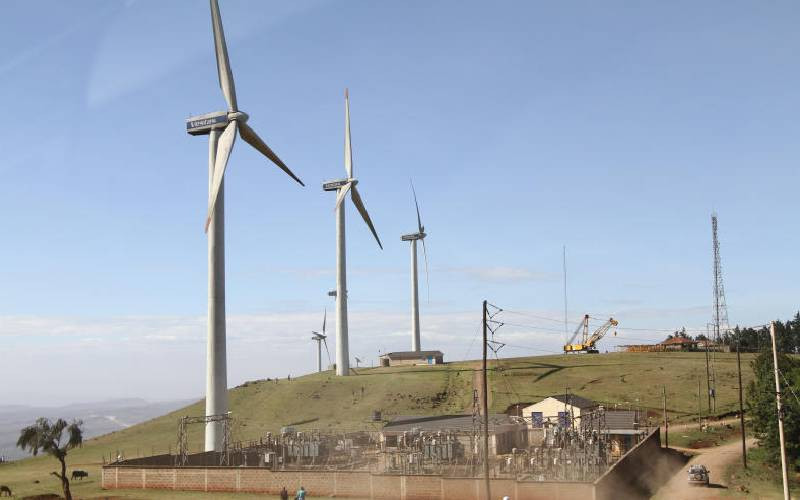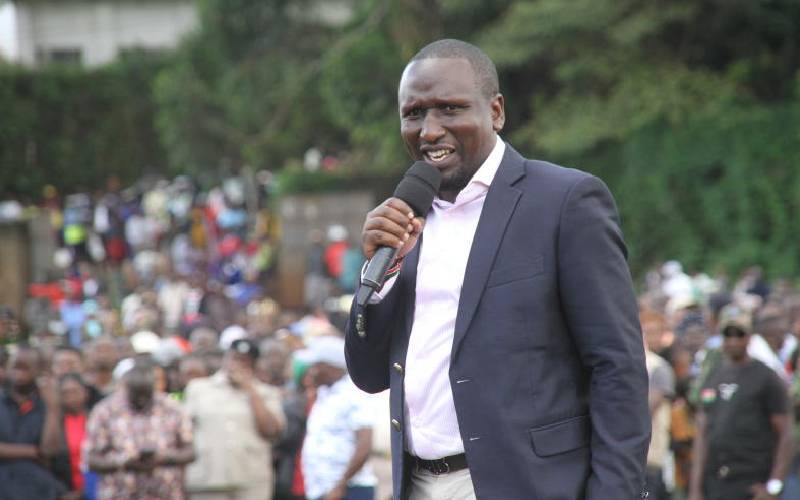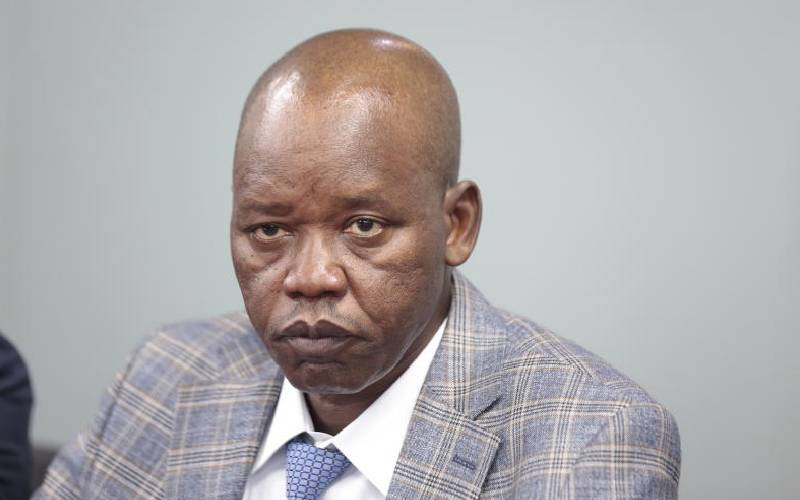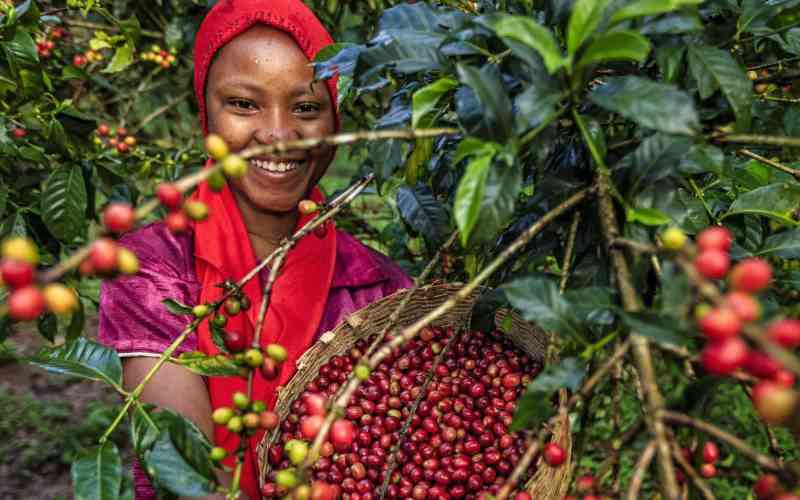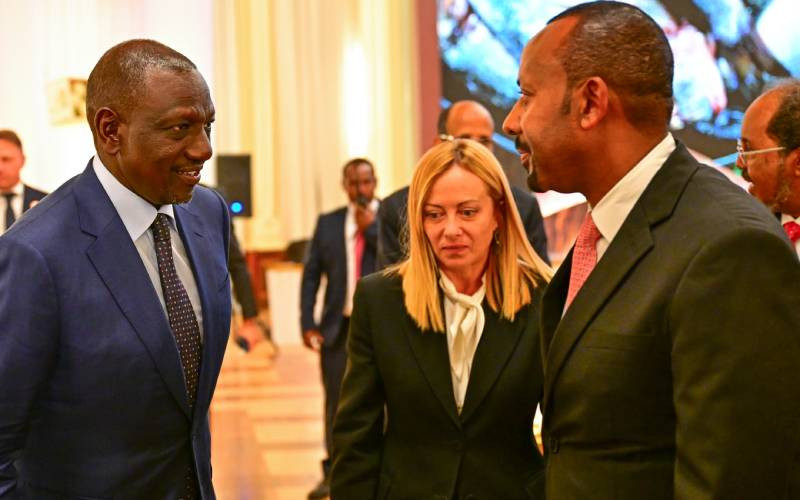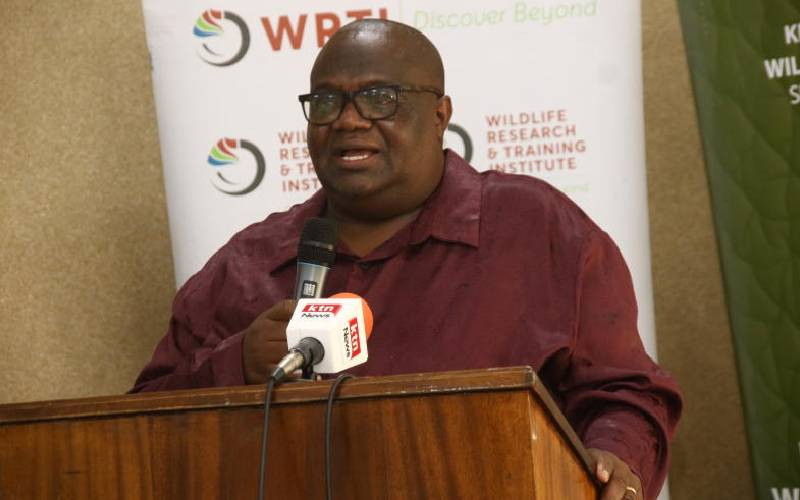
Wildlife census kicked off Monday in the vast Tsavo ecosystem that has in recent years been hit by drought linked to climate change.
The 8-day exercise comes after the 2022 drought that led to the death of wild animals in the Tsavo National Park that straddles Taita Taveta, Makueni, and Tana River counties.
According to the Wildlife Research and Training Institute (WRTI), the animals hard hit by the drought included buffalo, zebras, and antelopes.
WRTI Director Patrick Omondi, regretted that the drought led to an increase in human-wildlife conflict.
Dr Omondi, noted that the census is taking place against a backdrop of challenges such as increasing human and livestock populations, global climate change, the spread of invasive and alien species, a rise of infectious zoonotic diseases, and habitat losses and wildlife mortalities.
Addressing the Press at Taita Hills Resort and Spur on Monday, he said the census seeks to establish the current status of wildlife population trends.
The exercise involves the use of helicopter counts, waterfowl counts and large carnivore counts.
The team, which comprises 10 pilots with aircraft, has been divided into blocks of 20-30 kilometres measuring about 600 square kilometres to make the work efficient and easier.
“We are conducting a systematic aerial counting of wildlife, and we have divided the exercise into blocks. One aircraft is allocated one plot,” Omondi said.
The WRTI Director said the census follows the 2022 drought that caused high mortality rate in wild animals.
He announced that WRTI has conducted a similar exercise in Mara, Amboseli, Kapiti, and Nakuru, among other national parks, whose results will be released by the Wildlife and Tourism Cabinet Secretary Rebecca Miano in June 2025.
In the last census in 2021, Tsavo, the largest wildlife ecosystem in the country, had a total of 14,964 elephants in the 23,000 square kilometres, which included ranches that host a bigger percentage of wildlife.
“We are using internationally recognised methods to avoid double counting, and the census will tell us the current population trends, and the exercise will help us to know if wildlife has increased or decreased,” said Omondi.
He revealed that the census will help the government identify endangered, overpopulated, or stable species and inform conservation strategies and resource allocation.
Stay informed. Subscribe to our newsletter
“This study will help the government and conservation bodies to support the development of county plans and protected area management plans and to help shape effective conservation policies,” he said.
Omondi was accompanied by, among others Mwatate MP Peter Shake and his Voi counterpart Abdi Chome.
Shake noted that the elephant population in Tsavo has drastically increased leading to persistent human-wildlife conflict and food insecurity in the region.
“We appreciate the role the wildlife resource plays in the region, but it has been doing more harm than good. Locals have been killed and their crops destroyed without compensation. The government should ensure that victims of wildlife attacks are compensated on time,” he said.
Chome said the exercise will enable the country to understand the wildlife migration patterns and changing trends.
“We are fully supporting the wildlife census as it will give us the impact of wildlife conservation and conflict, which has become more complicated,” he said.
Chome noted that about 80 per cent of wild animals are living outside protected areas, which sparks worst human-wildlife conflict.
“The study should tell us how wild animals are in the park and outside the protected areas,” he noted.
